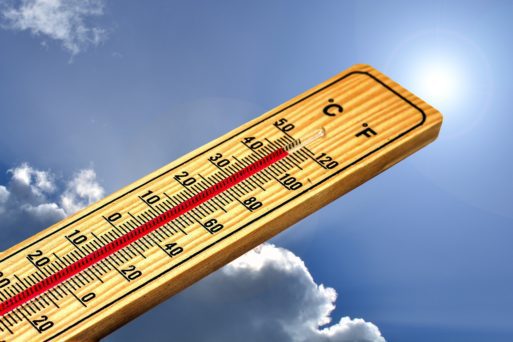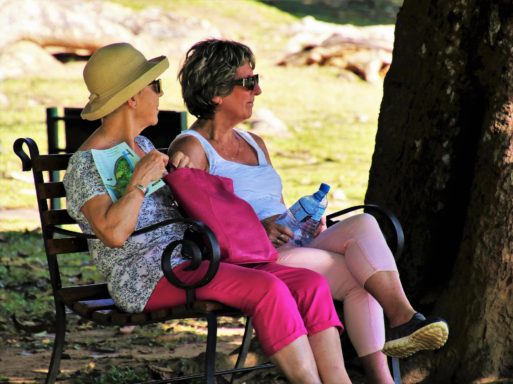
Record-breaking temperatures are being experienced across the country.
The summer of 2022 has proven to be one of the most brutal across the country. Just last week, CNN reported, “One-third of the US population is under heat advisories and excessive heat warnings, and more than 80% of the US population (around 265 million Americans) will see a high above 90 degrees over the next seven days.” Along with children and those suffering with a chronic disease, the elderly continue to be one of the most vulnerable groups to these extreme heat waves.

“A child born in the world today will experience 35 times more life-threatening heat events then someone born in 1961.”
Hospitals continue to deal with an influx of patients dealing with COVID-19 and its many variants. However, they are now inundated with people dealing with heat-related illnesses as well. As temperatures climb, emergency rooms see more patients who attempted to perform daily tasks, such as mowing the lawn, working in the garden or playing sports with friends. It only takes 10-15 minutes of a person’s body temperature raising to 106 degrees or higher to have a potentially fatal impact. Heat stroke can lead to disability or death.
There are many ways to avoid heat stroke, even in the midst of an extreme heat warnings. Here are some tips to remember as temperatures continue to soar.
- Remember to stay hydrated. This means you must drink water before you feel thirsty. Purchasing a large refillable bottle, such as this one from Amazon, helps to remind you to drink throughout the day.
- Take periodic breaks if you must be outside. You could take a break from direct sunlight by resting in a shady place. You can also go inside your home or building to cool off before heading back outside.
- Acclimate to higher temperatures before completing a strenuous activity, such as exercise or strenuous yard work.
- Wear sunscreen; one that is 50 SPF or higher is suggested. When people are sunburned, it’s more difficult for their body to regulate its temperature.
It’s important to take extreme heat warnings seriously. Please also check the heat index for the day while making plans. This will help you to take the humidity into account, which can make the weather feel several degrees hotter than it actually is.
Don’t forget to check in on your neighbors and family members who are aging. Many elderly people have lots of attention during a blizzard or storm, but excessive heat can be just as, if not more, dangerous.

 100 Million Americans Are Facing Extreme Heat Warnings This Summer
100 Million Americans Are Facing Extreme Heat Warnings This Summer


 National Donate Life Month Reminds Us To Give
National Donate Life Month Reminds Us To Give
 How Dare You Die Now!
How Dare You Die Now!















